Anyone who’s ever tried making edibles at home can tell you, you’ve gotta decarb. For those that don’t know, decarboxylation is the process by which the THCA that occurs naturally in cannabis plants is converted into psychoactive delta-9-tetrahydrocannabinol – a process that occurs naturally when cannabis is smoked or vaporized.
The problem: decarboxylating cannabis often destroys most if not all of the plant’s terpenes, the fragile organic molecules that give cannabis its unique aromas and are credited with creating the differing effects between strains.
Enter the Lossless Activation Chamber Y, or LACY. Developed by Harvest Direct founders Zeyead and Ahmed Gharib, LACY seeks to solve this shortcoming of commercial cannabis decarboxylation, creating terpene-rich activated cannabinoid products the company hopes will replace a range of pharmaceuticals.
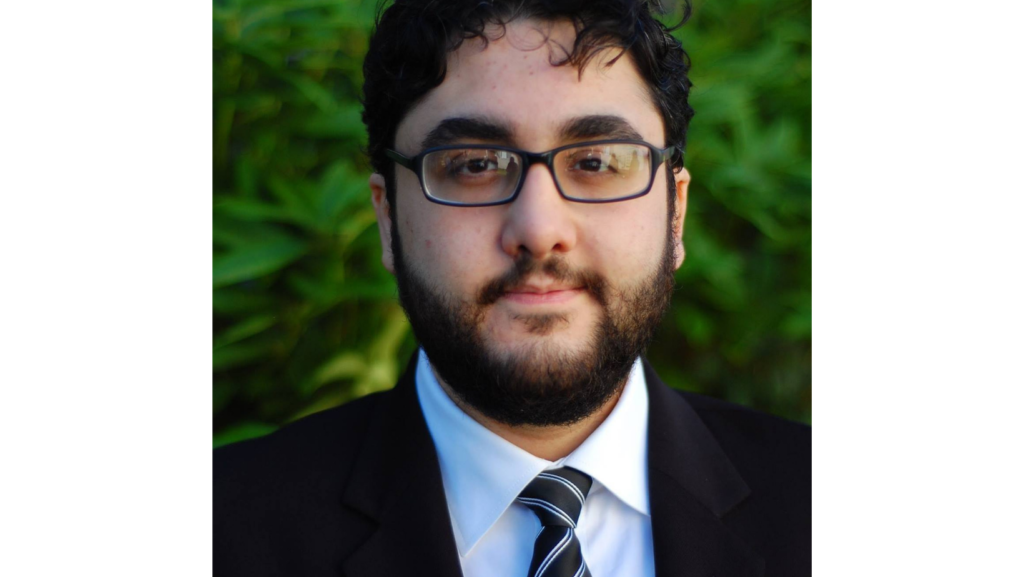
Zeyead Gharib
“There’s a gap in effect between cannabis flower and all of the other products,” says Zeyead, who currently serves as Harvest Direct’s CEO. LACY hopes to capture the entourage effect, the process thought to make whole-plant cannabis medicine more effective than synthesized cannabinoid and isolate medicines. Though it’s not fully scientifically understood, the entourage effect may be why different strains of cannabis can have different effects, despite similar cannabinoid profiles, and it may have profound applications in cannabis medicine.
“Let’s say you’re making brownies from Blue Dream nug; the first step is to put them on a cookie tray and to pop that cookie tray into the oven for the decarb. The issue is, when you test the profile of the flower material before it goes into the oven and then you test it after, it’s no longer Blue Dream,” says Gharib. The LACY system allows the terpene profile to be maintained, he claims, allowing for strain-specific edible products.
Gharib says the idea came while making cannabis capsules as a chemistry student at the University of Pittsburgh. When decarboxylating cannabis at a local frat house, Gharib would place the material on an open baking sheet, and the process would fill the house with an unmistakable odor. When working at his mother’s house, however, he would place the plant matter into an oven bag to contain the evaporating terpenes, and soon discovered the capsules made from this material to be much more effective. “That’s really the moment that I noticed that profile preservation matters,” recalls Gharib.
“Even though they both have the same 10 milligrams of THC, there’s something else in the one that I cooked at home where I tried to preserve the profile – or more accurately I tried not to get kicked out of my mom’s house.”
“The overarching vision really is to replace dangerous pharmaceutical drugs that are overused and overprescribed with cannabis-based formulation,” says Gharib, who envisions creating cannabis capsules with the properties of Thai Stick that can replace Adderall or Bubba Kush to replace Ambien.
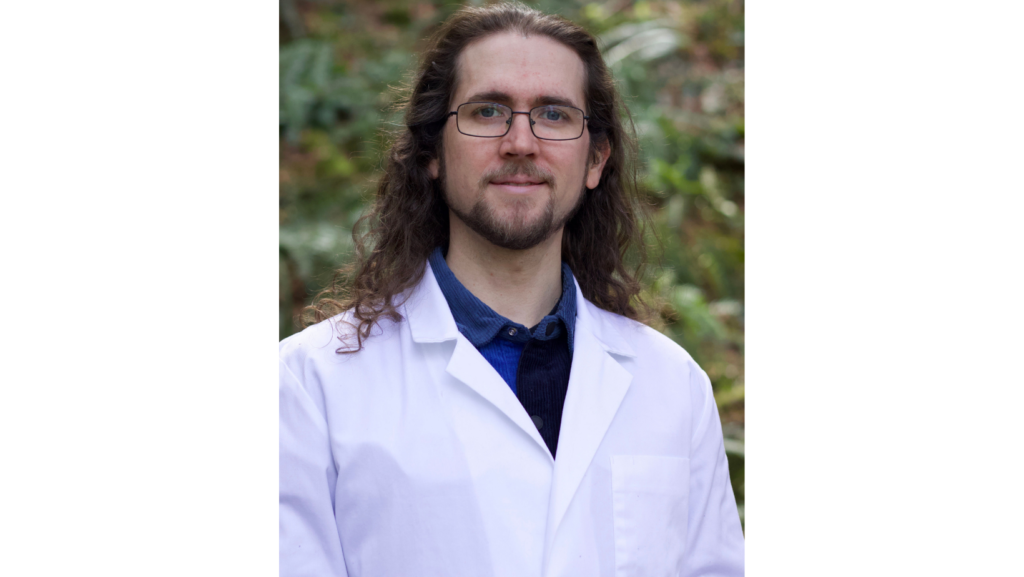
“The problem is, when you convert these strains to non-smoked product, the specific effects of the strain are lost,” says Zack Iszard, Harvest Direct’s president and chief scientific officer.
The duo are tight-lipped about how exactly LACY works, but the patent held by Harvest Direct outlines the process in excruciating scientific detail. Cannabis extract is placed into a pressure and temperature-controlled chamber. The temperature is increased for long enough to decarboxylate the cannabis extract, and the resulting CO2 is siphoned off, leaving the larger terpene and cannabinoid molecules behind.
In order to function to its full potential, the input material has to be rich in terpenes to begin with. Because of this, their preferred input is butane-extracted live resin.
Gharib now hopes to bring LACY to scale in the legal cannabis market. The system is already used in the YIPS CBD brand that Gharib partially owns, but the team is looking to expand with other licensees in the coming months and years. The promise, says Gharib, is that producers using LACY will more than make up for the license fee through increased efficiency.
The end goal is to force a buyout from an established pharmaceutical company looking to access the full potential of the cannabis plant, says Gharib. “If Pfizer or Merck or Bayer want to tap into the true versatility of cannabis and they want to harness the entourage effect, they’re going to have to pay us for the privilege,” he says.
But that will depend on a recognition of the entourage effect writ large, something Iszard sees as a challenge when the current status quo of pharmaceutical trials is built around isolated cannabinoids. “They’re doing the industry a huge disservice; they’re not showing the real medical potential of all the different strains of cannabis. It’s the single most versatile herbal remedy on earth, but you wouldn’t know that if all you did was just look at a few clinical trial data sets. As long as cannabis must be smoked to get the full efficacy it’s not going to be respected by the medical community,” says Iszard.
“It’s almost like the full veracity of the entourage effect is waiting for our technology.”


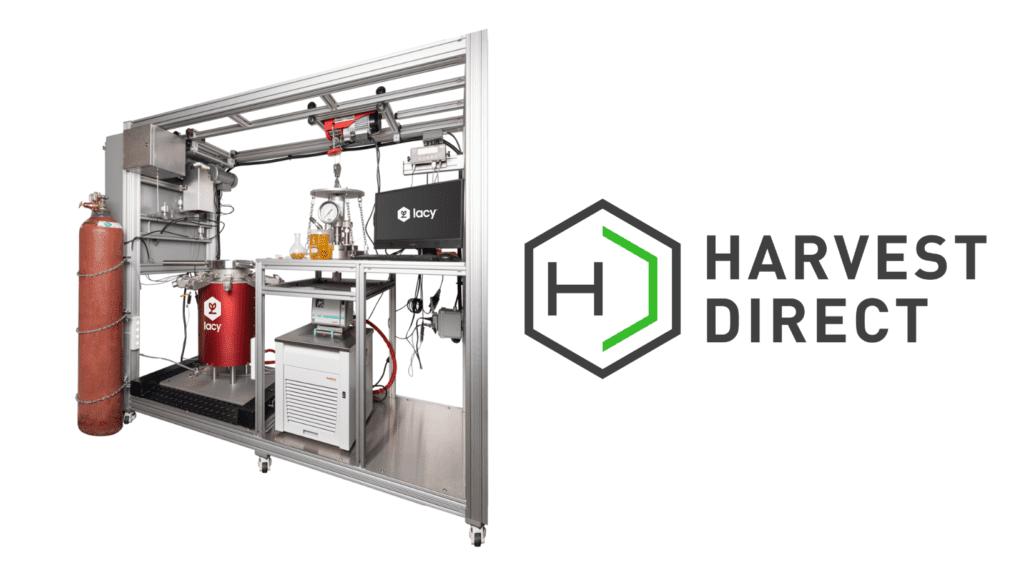
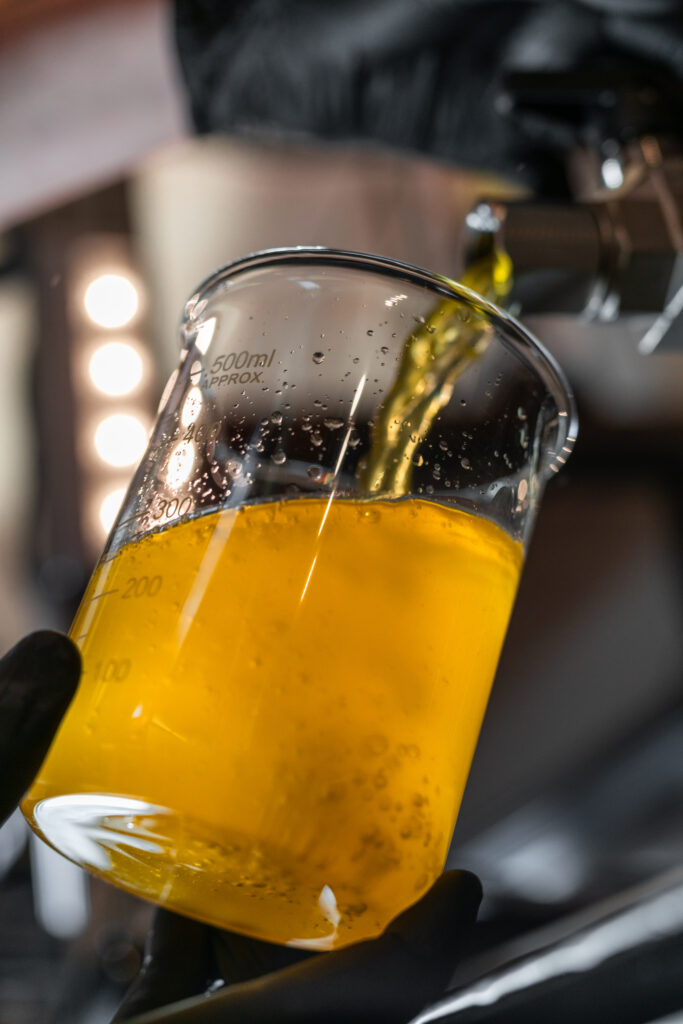
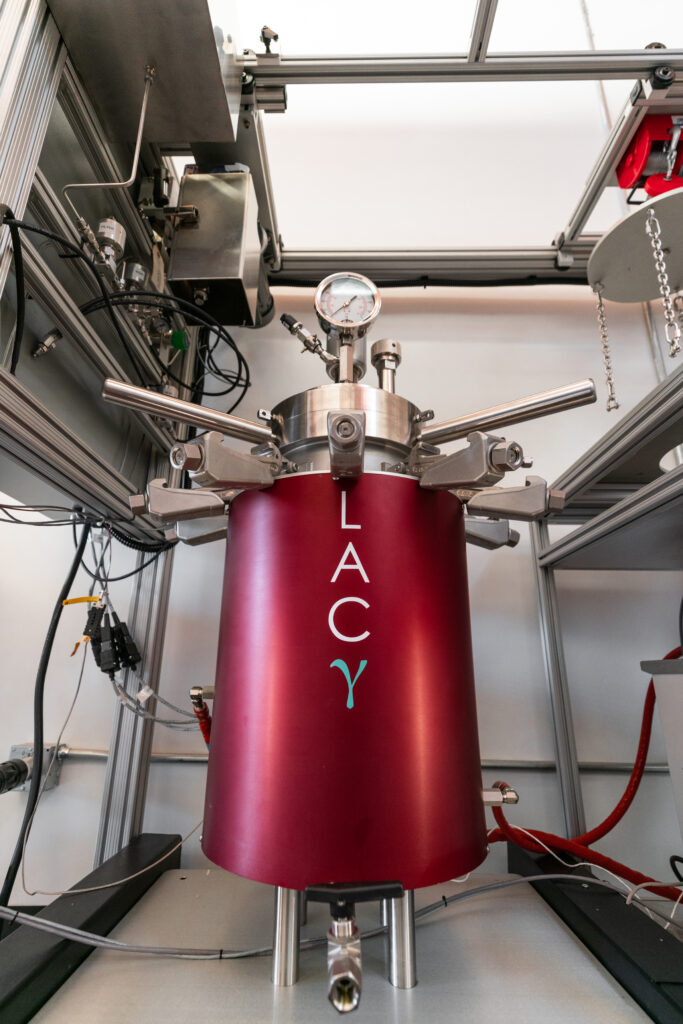



5 thoughts on “Harvest Direct on harnessing full-plant potential with innovative technology”
Pingback: This Company Aims To Legitimize Cannabis By Capturing Its Effects In Forms Your Grandma Would Be Comfortable Taking - Income Throne
Pingback: This Company Aims To Legitimize Cannabis By Capturing Its Effects In Forms Your Grandma Would Be Comfortable Taking - Gur Times
Pingback: This Company Aims To Legitimize Cannabis By Capturing Its Effects In Forms Your Grandma Would Be Comfortable Taking - Highly Suggested
Pingback: This Company Aims To Legitimize Cannabis By Capturing Its Effects In Forms Your Grandma Would Be Comfortable Taking – Forbes – vaporizers
Pingback: This Company Aims To Legitimize Cannabis By Capturing Its Effects In Forms Your Grandma Would Be Comfortable Taking - Globe Check